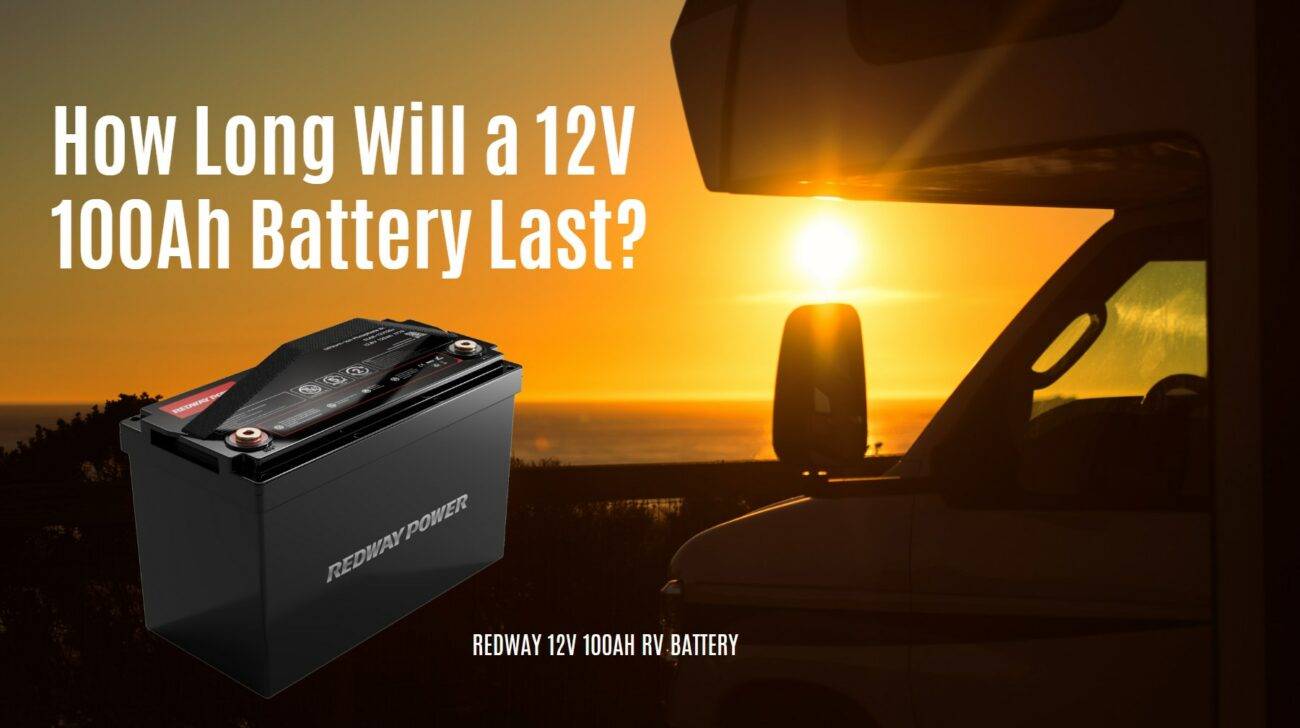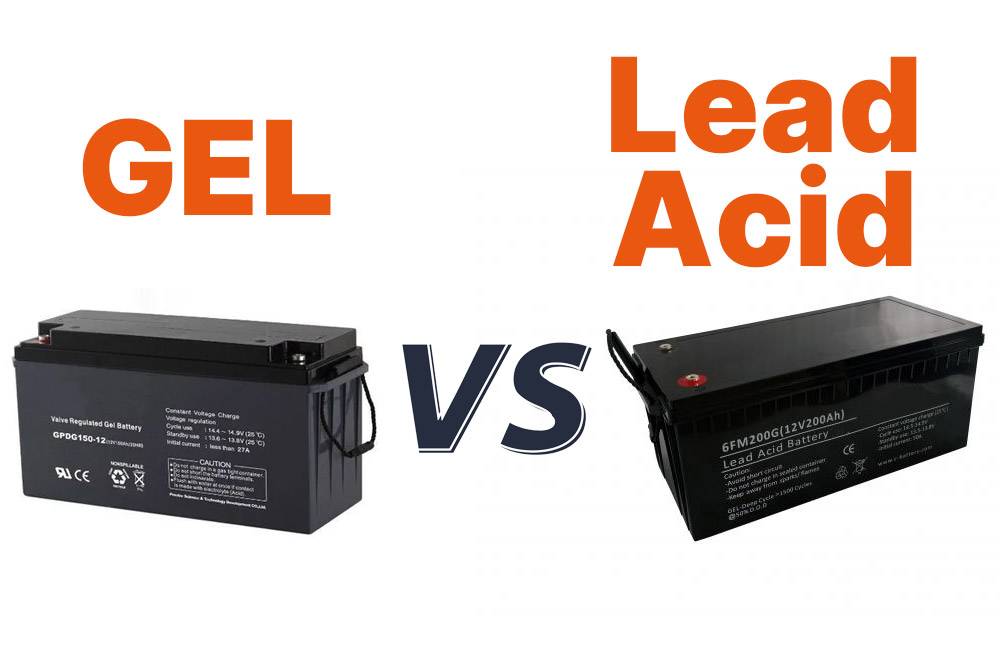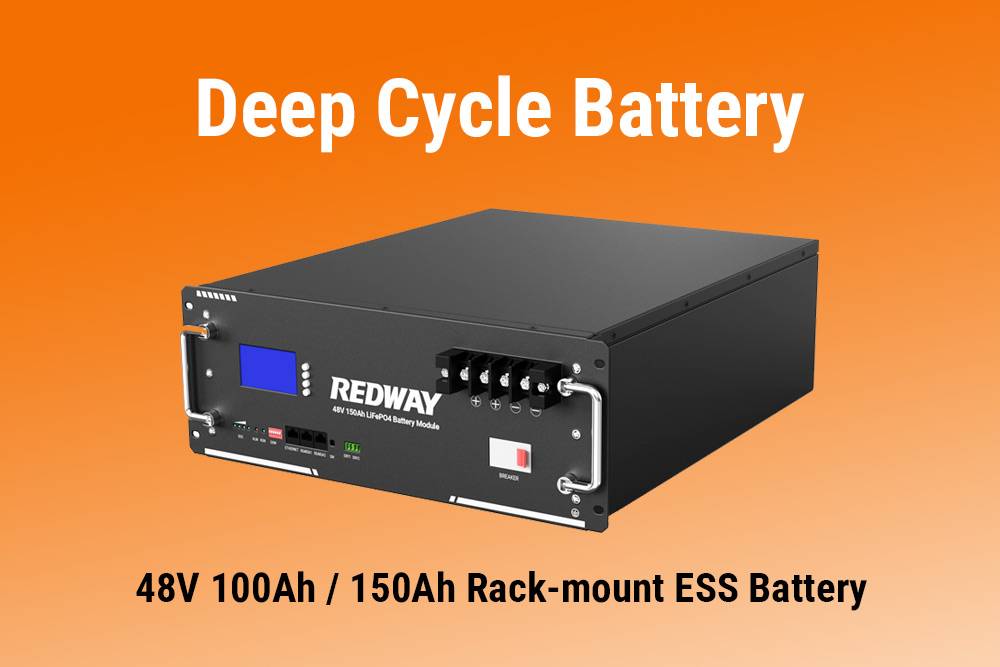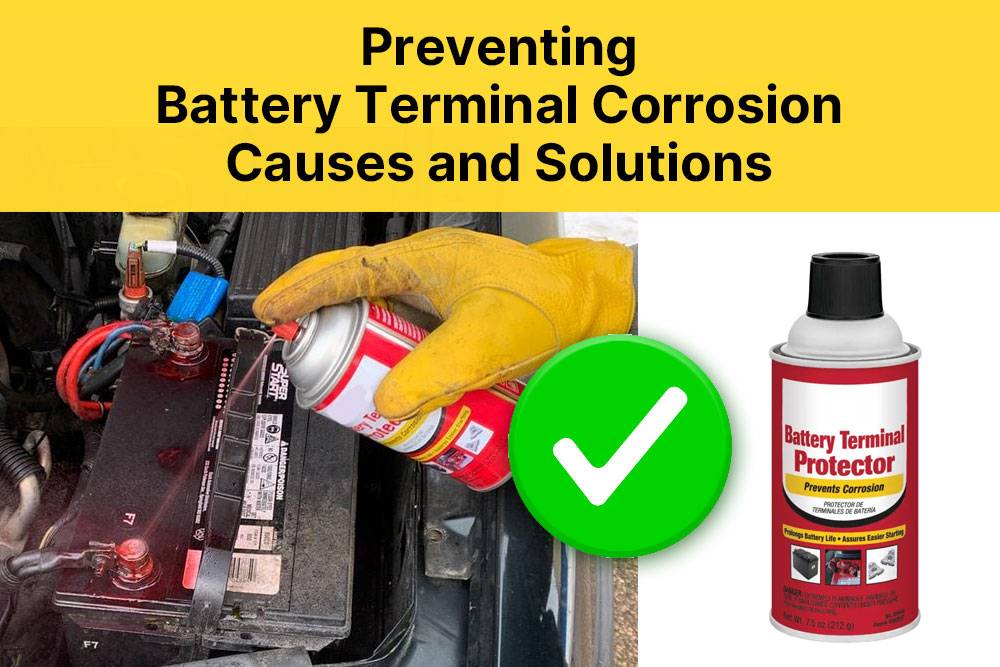Powering various devices and systems, 12V lead acid batteries are a staple in many industries. From automotive to marine applications, these trusty powerhouses keep things running smoothly. But have you ever wondered what the best voltage is for charging a 12V lead acid battery? Well, you’ve come to the right place! In this blog post, we’ll dive into the world of voltage and explore how it affects the charging process. So grab your curiosity and let’s shed some light on this electrifying topic! Also check: LiFePO4 vs AGM Batteries
Understanding Voltage and Charging
Voltage is an essential concept to grasp when it comes to charging a 12V lead acid battery. In simple terms, voltage represents the electrical potential difference between two points in a circuit. It’s like the force that pushes electric charges through the battery and powers your devices.
When charging a 12V lead acid battery, you need to ensure that the applied voltage matches its requirements. If you provide too low of a voltage, the battery may not charge properly or even fail to charge at all. On the other hand, if you supply too high of a voltage, it can result in overcharging and damaging the battery’s cells.
To determine the appropriate charging voltage for your specific 12V lead acid battery, referring to its manufacturer’s guidelines is crucial. Different types of batteries may have different optimal voltages for charging. It could range from around 13.8 volts for float charging up to 14.4 volts for cyclic applications.
It’s worth noting that maintaining consistency in supplying this recommended voltage throughout the entire charging process is important as well. This ensures efficient and effective recharging while preventing any harm or premature aging of your precious power source.
In addition to understanding proper voltage levels during charging, it’s also vital to consider factors such as temperature and ambient conditions when deciding on an ideal charging regimen for your lead acid batteries.
Factors to Consider When Choosing a Charging Voltage
When it comes to charging a 12V lead acid battery, choosing the right voltage is crucial. There are several factors that need to be considered in order to ensure optimal performance and longevity of your battery.
It’s important to take into account the manufacturer’s recommendations. Each battery has its own specific requirements for charging voltage, so consulting the user manual or contacting the manufacturer directly can provide valuable information.
You need to consider the temperature conditions during charging. Extreme temperatures can affect the efficiency of charging and even damage the battery. It is recommended to adjust the charging voltage based on ambient temperature using a temperature compensation feature if available.
Another factor to consider is the state of charge (SoC) of your battery before starting the charging process. If your battery is significantly discharged, a higher initial voltage may be required initially in order to kickstart and properly charge it.
Additionally, you should also take into account any additional electrical loads connected to your battery while it’s being charged. These loads can cause voltage drops and affect overall charging efficiency, so adjusting for these loads is essential.
Some batteries require periodic equalization charges in order to balance cell voltages and prevent sulfation buildup. This requires temporarily increasing the charging voltage above normal levels – again referring back to manufacturer guidelines will help determine when this step should be taken.
Considering these factors when choosing a charging voltage will not only ensure proper functionality but also extend the lifespan of your 12V lead acid battery.
Recommended Charging Voltages for Different Types of 12V Lead Acid Batteries
Now that we understand the importance of voltage and charging when it comes to lead acid batteries, let’s dive into the recommended charging voltages for different types of 12V lead acid batteries. It’s essential to choose the right charging voltage to ensure optimal performance and longevity.
For most standard flooded lead acid batteries, a charging voltage between 13.8V and 14.4V is recommended. This range provides enough power to fully charge the battery without overcharging it, which could lead to damage or reduced lifespan.
However, it’s important to note that not all lead acid batteries are created equal. Some specialized batteries require slightly higher or lower charging voltages depending on their design and application.
For example, AGM (Absorbent Glass Mat) and Gel Cell batteries typically require a slightly lower charging voltage compared to flooded batteries. A range between 13.6V and 13.8V is usually sufficient for these types of batteries.
On the other hand, some deep cycle or high-performance AGM batteries may need a slightly higher charging voltage in the range of 14.6V to effectively recharge them after heavy usage.
It’s crucial always to consult the manufacturer’s specifications for your specific battery type before determining the appropriate charging voltage. They will provide detailed recommendations based on their product testing and research.
By following these recommended charging voltages, you can ensure that your lead-acid battery receives an optimal charge every time, maximizing its performance and extending its overall lifespan.
Remember that proper maintenance techniques such as regular inspection, cleaning terminals, avoiding over-discharging, using correct chargers with adjustable settings can also contribute significantly towards longer battery life!
Stay tuned for our next blog post where we discuss proper charging techniques for extended battery life!
Proper Charging Techniques for Longer Battery Life
To ensure the longevity of your 12V lead acid battery, it is crucial to follow the proper charging techniques. Here are a few tips that will help you extend the life of your battery and avoid any unnecessary damage.
It’s important to use a charger specifically designed for 12V lead acid batteries. This will provide the correct voltage and current needed for efficient charging without overcharging or undercharging the battery.
Next, make sure to connect the charger correctly. Always connect the positive (+) terminal of the charger to the positive (+) terminal of the battery, and similarly with negative (-) terminals. Reversing these connections can cause irreversible damage to both the battery and charger.
Another key point is to charge at an appropriate rate. Slow charging is generally better for overall battery health as it allows for a more gradual chemical reaction within the cells. Rapid or fast charging may generate excessive heat which can be detrimental to your battery’s lifespan.
Furthermore, avoid overcharging your lead acid battery as this could result in electrolyte loss or even explosion in extreme cases. To prevent overcharging, consider using a smart charger with built-in monitoring capabilities that automatically adjusts its output according to your specific battery requirements.
Never interrupt a charge cycle unless absolutely necessary as this can affect overall performance and reduce longevity. If interrupted due to an unforeseen circumstance, resume charging as soon as possible rather than leaving it partially charged for extended periods.
By following these proper charging techniques, you’ll significantly increase your chances of maximizing your 12V lead acid battery’s lifespan while ensuring reliable performance whenever you need it most!
Safety Precautions When Charging Lead Acid Batteries
When it comes to charging lead acid batteries, safety should always be a top priority. These batteries contain sulfuric acid, which is highly corrosive and can cause serious harm if mishandled. Here are some essential safety precautions to keep in mind:
1. Ventilation: Always charge lead acid batteries in a well-ventilated area to prevent the buildup of potentially explosive hydrogen gas.
2. Protective Gear: Wear appropriate protective gear such as goggles, gloves, and an apron when handling batteries or working with battery acid.
3. Avoid Sparks: Make sure all electrical connections are secure before connecting the charger to the battery terminals. Any sparks could ignite flammable hydrogen gas emitted during charging.
4. Keep Away from Flames: Never smoke or have an open flame near charging areas as this can also ignite the flammable gases released by the battery.
5. Charge in a Stable Location: Ensure that the battery is placed on a stable surface during charging to avoid accidental spills or tipping over.
6. Use Proper Chargers: Only use chargers specifically designed for lead-acid batteries and follow their instructions carefully.
7. Monitor Temperature: Keep an eye on the temperature of both the battery and charger while charging; overheating can damage both components and pose risks.
8. Disconnect Charger Correctly: Before disconnecting the charger from your 12V lead-acid battery, switch off its power supply and remove any connections using insulated tools if necessary.
By following these safety precautions, you can minimize potential hazards associated with charging lead-acid batteries while ensuring optimal performance and longevity for your 12V system.
Remember, understanding voltage requirements for different types of 12V lead-acid batteries is crucial for efficient and safe charging practices! So choose wisely based on manufacturer recommendations!














